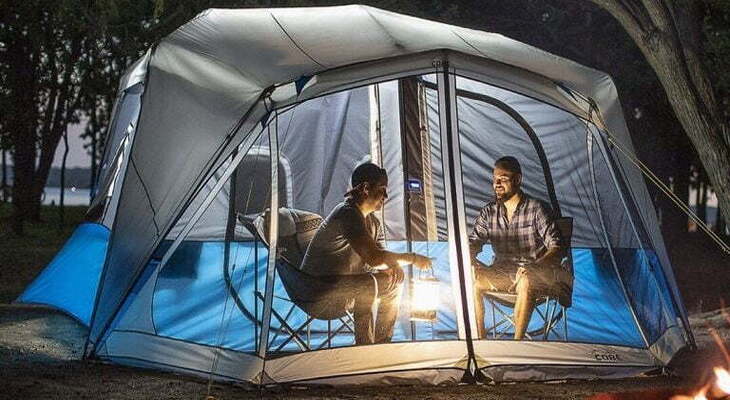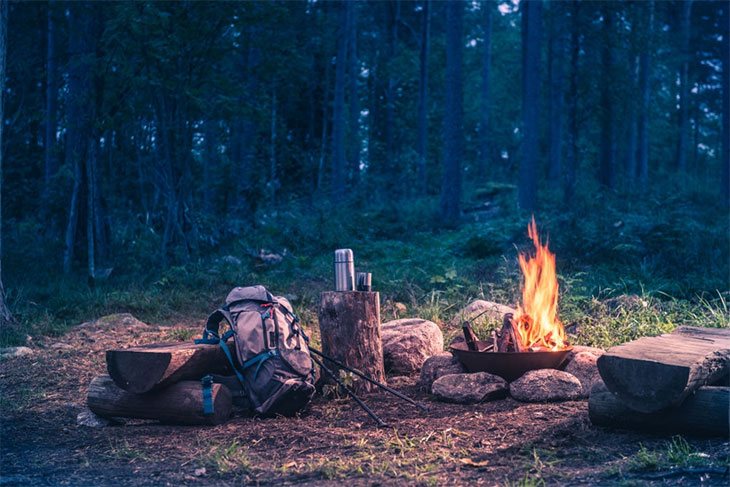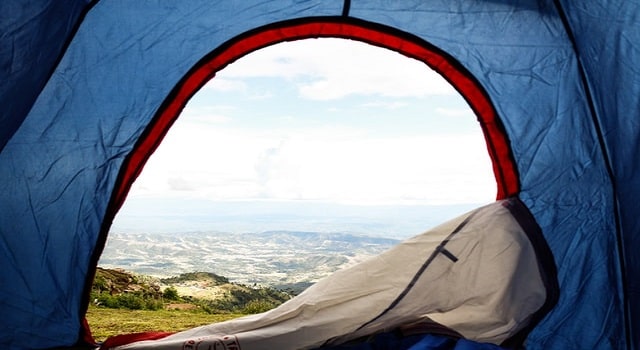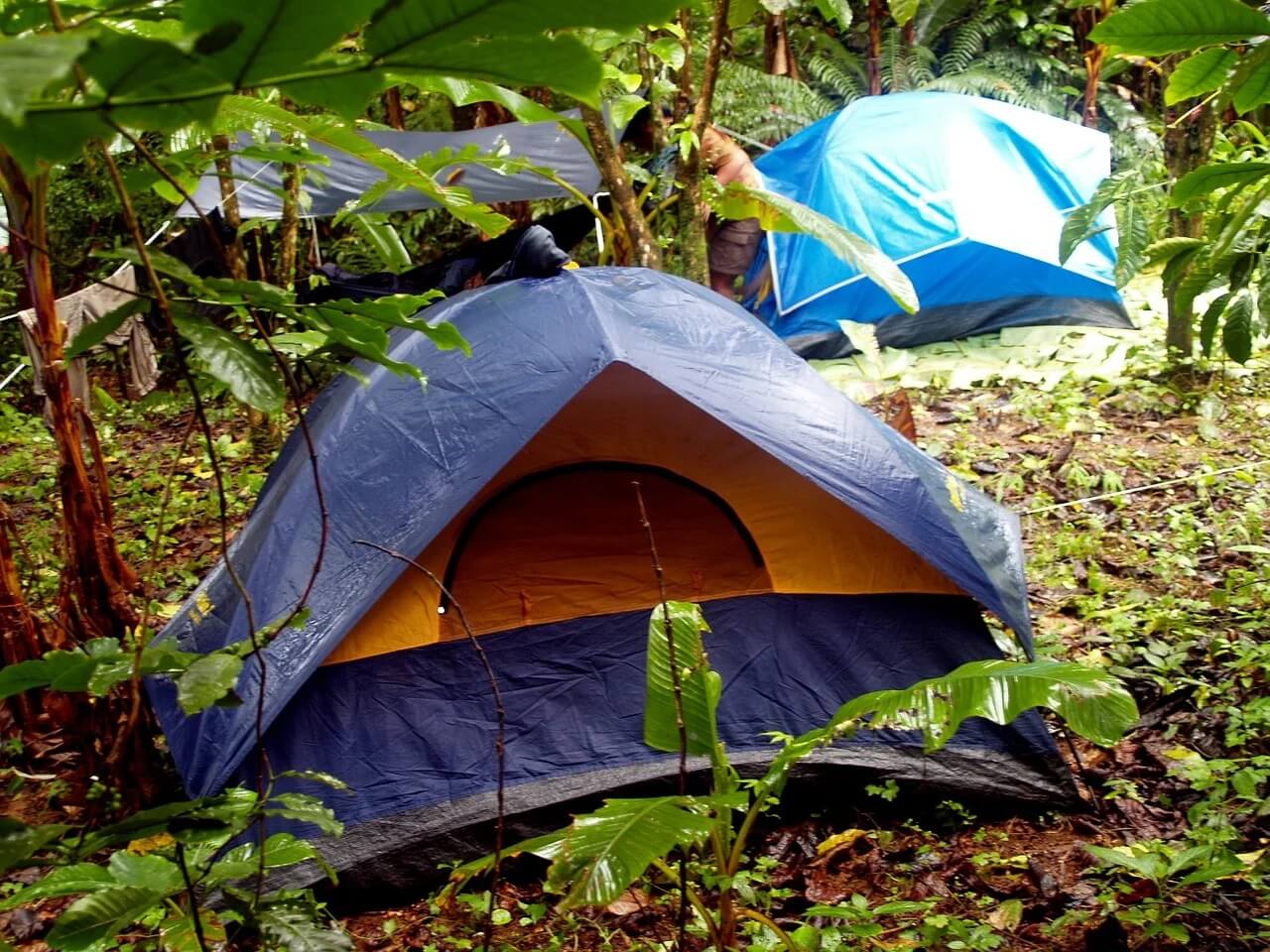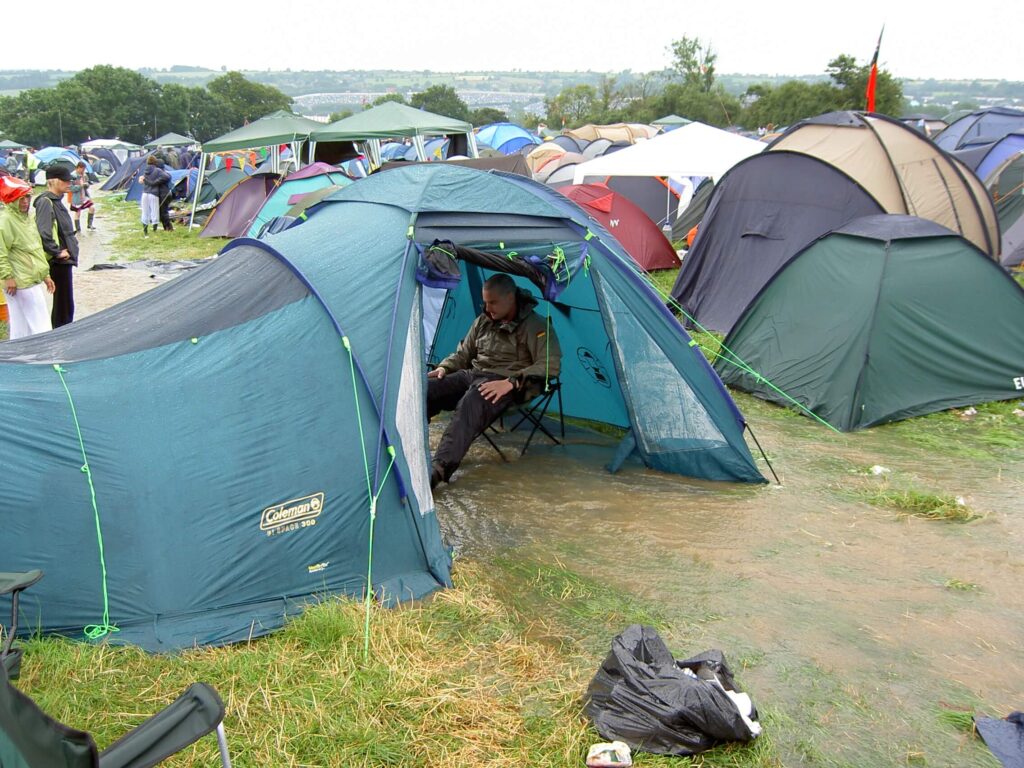
If you are planning to go camping, you should think about the weather and what tents are the most waterproof Not only is it important to know what the weather is going to be like on the weekend but what it is going to be like where you are going?
So, if you are going camping and want to ensure that you are going to be as comfortable as possible then you will want to invest in the most waterproof tent you can find.
But which ones are the most waterproof
Those that are constructed from PVC can be called waterproof. Vinyl is extremely durable and will not rot or mildew even in the most humid weather. However, the PVC can easily break when an animal is inside it. Vinyl provides more insulation in comparison to PVC and is more resistant to UV damage. Both vinyl and PVC are convenient to use, last long, and are very low maintenance.
However, these tents are not entirely waterproof. They can be used in areas close to water, but in areas with heavy rain, you will have to make sure that you always have a tarp that covers the bottom part of the tent tightly.
Contents
What tents are the most waterproof
Best waterproof tents
I have put together a list of the most waterproof tents I could find for you
- NTK Laredo GT 8 to 9 Person Tent: Best waterproof tents for families
- Teton Sports Mountain Ultra Tent: Favorite Waterproof Tent
- Coleman Dome 2, 3, 4, 6-Person Tent: Best waterproof tent 2 person
- ALPS Mountaineering Lynx 1-Person Tent: Best Waterproof Tent For 1 person
- Vango Waterproof Atlas Tent: Best tent for heavy rain and wind
- Geertop Waterproof Tent: Best Waterproof Family Tent
- NTK Indy GT: Best For 6 Person
- Vango Odyssey Air 500: Best Fro Camping & Hiking
- Coleman WeatherMaster: Best waterproof coleman tent
1. How tents are used?
A tent is a temporary structure with a floor made of thick sheets of fabric or polyethylene supported by a frame of poles or attached to stretching ropes. Tents can be of varying sizes, designed for different purposes: from small single-person summer tents to large structures with many rooms used as permanent residences.
Tents take a wide variety of forms, from simple to complex, and some are suited for different conditions. Tents are used in a recreational vehicle (RV) and motorcycle camping, military, emergency, and relief operations, temporary shelters, festivals, backyard parties, and in the transportation of goods and people.
2. How rain affects tents
Rain affects tents in two ways. First, it can weaken the tent poles. Second, it can cause the material to deteriorate. The first problem is avoidable, but the second one is more difficult. To avoid damage to the tent poles, keep the tent clean and dry. Make sure to brush it off after each use, and if you can, store the tent in a dry area. of the tents are made of man-made materials that are not waterproof. To ensure your tent is waterproof, ensure that you apply a waterproofing agent to it.
3. What makes a tent waterproof?
You would be surprised to know that most tents are not waterproof at all. The improved technology has made it possible to make tents completely water and air-tight. However, most of these tents are also made using some kind of waterproofing treatment.
These treatments do two things: they seal the seams and coat the entire tent. If you look closely, the door and windows of the tent are made to be a tiny bit bigger than the standard size. This is because the seams of the tent are built using flame-retardant tape and they are a little bit bigger than the seams of the tent. This way there remains absolutely no chance of rain or water from entering the tent.
4. Factors affecting the waterproofness of a tent.
The factors affecting the waterproofness of a tent are the material and the seams. The waterproofness of the material is measured in millimeters of water per meter squared (mm/12). The waterproofness of a tent can be determined by putting it in a water tank. The tent will be filled with water until there are 2 mm of water over each seam.
There are many different materials for tents, and each of them has a waterproofness of its own. The most waterproof material is polyurethane-coated polyester. It has a waterproofness of 6000 mm/12. If a tent is made from polyester, it will have a waterproofness of about 2500 mm/12.
Nylon is a very good material for making tents, but it has a waterproofness of about 500 mm/12. The waterproofness of the material is usually determined by its thickness of it. The thinner the material, the more waterproof it will be. The waterproofness of nylon is a little bit lower in comparison to polyester, but all nylon tents are seam-sealed.
Conclusion:
Camping during the rainy season is unavoidable and there really isn’t any way to avoid it. The key to having a good time during the rainy season is to be prepared, and we’re here to give you some tips on how to make sure you’re prepared for any situation.
Calling all campers! How are you all enjoying your camping experience so far? If you’re finding it difficult to find waterproof tents to protect you from the rain, or waterproof sleeping bags to keep you warm and cozy, then you’re in the right place.
We’ve assembled a list of the top 5 waterproof tents currently on the market, as well as the top 5 waterproof sleeping bags to keep you safe from the elements. Take a look at our comparisons and see which one you like the most. Happy camping!
